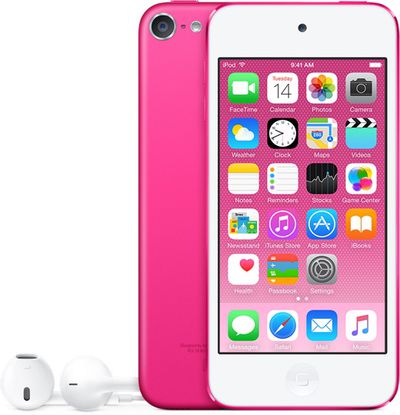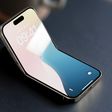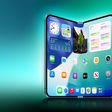Norwegian police will force a 27-year-old man accused of drug possession to unlock his mobile phone via fingerprint, according to local website Bergensavisen [Google Translate]. The police believe the confiscated smartphone may contain evidence about where he obtained the illegal substance.
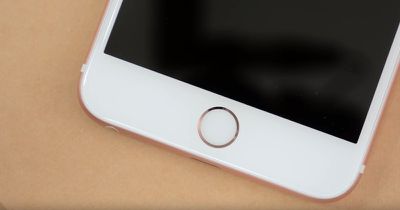
The man, who reportedly admitted he was culpable, has refused to unlock his phone for police since being charged, but the Nordhordland District Court's recent verdict allows Norwegian police to force the accused's thumb on to his fingerprint-secured phone. Local police will also analyze his phone call and data history.
The brand of the phone is not disclosed in the report, but if it is an iPhone, it is not clear if Norwegian police are aware that Touch ID requires a passcode as supplemental verification after 48 hours of disuse, a restart, or three failed fingerprint entry attempts. The accused was arrested on January 25, so it may be impossible for authorities to unlock an iPhone with Touch ID without taking additional measures.
In the U.S., a Virginia court ruled that fingerprints, unlike passwords and passcodes, are not protected by the Fifth Amendment. In his ruling, Judge Steven C. Frucci opined that "giving police a fingerprint is akin to providing a DNA or handwriting sample or an actual key," which is permitted under federal law.
Correction: The source article does not explicitly state that the device in question is an iPhone, and this article has been updated to reflect that.
Note: Due to the political nature of the discussion regarding this topic, the discussion thread is located in our Politics, Religion, Social Issues forum. All forum members and site visitors are welcome to read and follow the thread, but posting is limited to forum members with at least 100 posts.




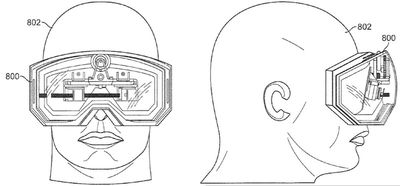
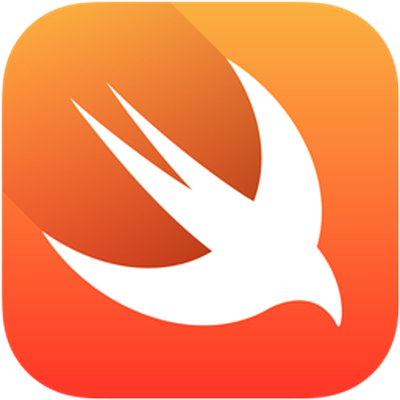 Apple today
Apple today 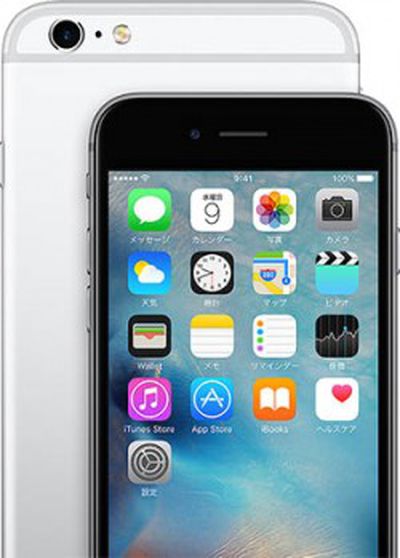 Several law firms are considering lawsuits against Apple following news that the company disables iPhone 6 models that have third-party repairs that affect Touch ID, reports
Several law firms are considering lawsuits against Apple following news that the company disables iPhone 6 models that have third-party repairs that affect Touch ID, reports 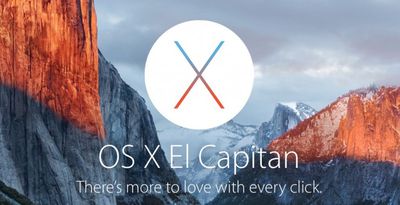
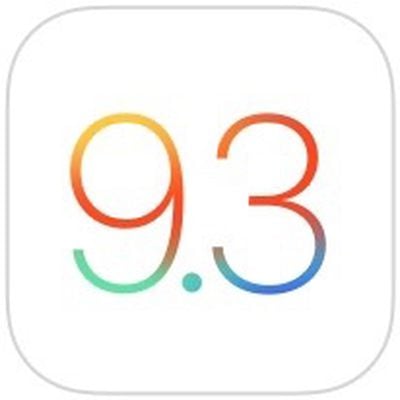 Apple today seeded the third beta of an upcoming iOS 9.3 update to developers for testing purposes, two weeks after seeding the
Apple today seeded the third beta of an upcoming iOS 9.3 update to developers for testing purposes, two weeks after seeding the 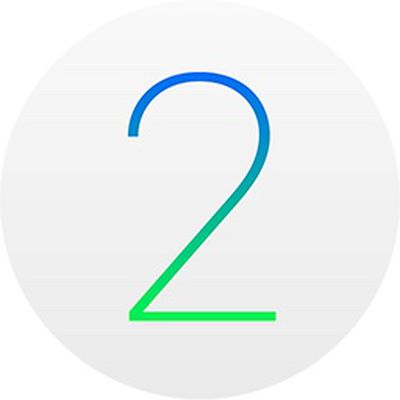 Apple today seeded the third beta of an upcoming watchOS 2.2 update to developers, two weeks after seeding the second
Apple today seeded the third beta of an upcoming watchOS 2.2 update to developers, two weeks after seeding the second 
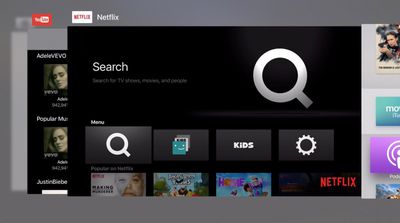

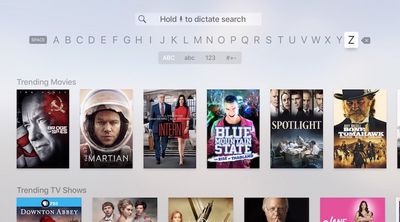
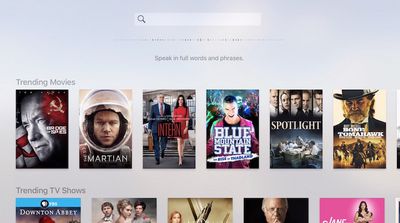
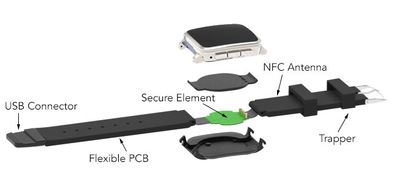

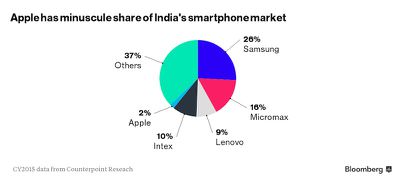
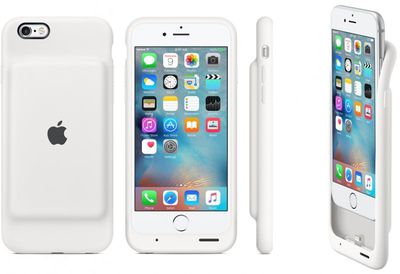
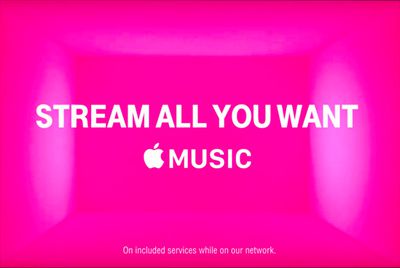
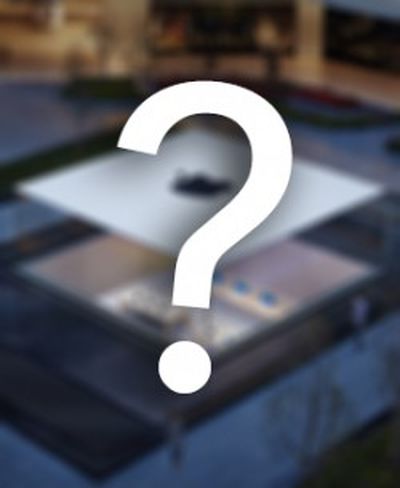 Apple's retail expansion efforts over the past few years have primarily focused on China, where it has opened over 15 new stores since the start of 2015. Over that time, the company has only opened 7 new retail stores outside of the China region, including two locations in New York City and one in Abu Dhabi, Brussels, Dubai, Sao Paulo, and Miranda, a suburb of Sydney, Australia.
Apple's retail expansion efforts over the past few years have primarily focused on China, where it has opened over 15 new stores since the start of 2015. Over that time, the company has only opened 7 new retail stores outside of the China region, including two locations in New York City and one in Abu Dhabi, Brussels, Dubai, Sao Paulo, and Miranda, a suburb of Sydney, Australia. Apple today launched a new Repair Extension Program that addresses video issues on some late 2013 Mac Pro models, according to an internal notice obtained by MacRumors.
Apple today launched a new Repair Extension Program that addresses video issues on some late 2013 Mac Pro models, according to an internal notice obtained by MacRumors.